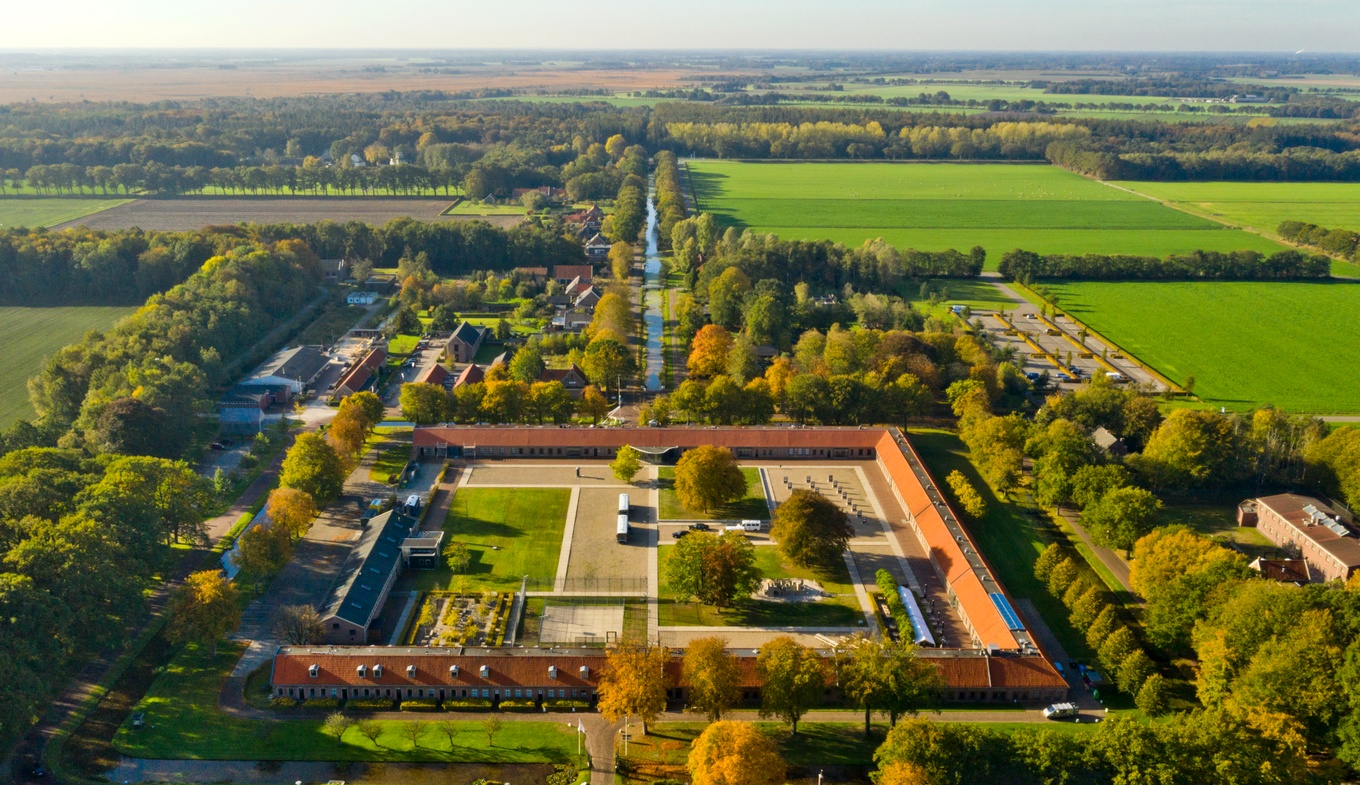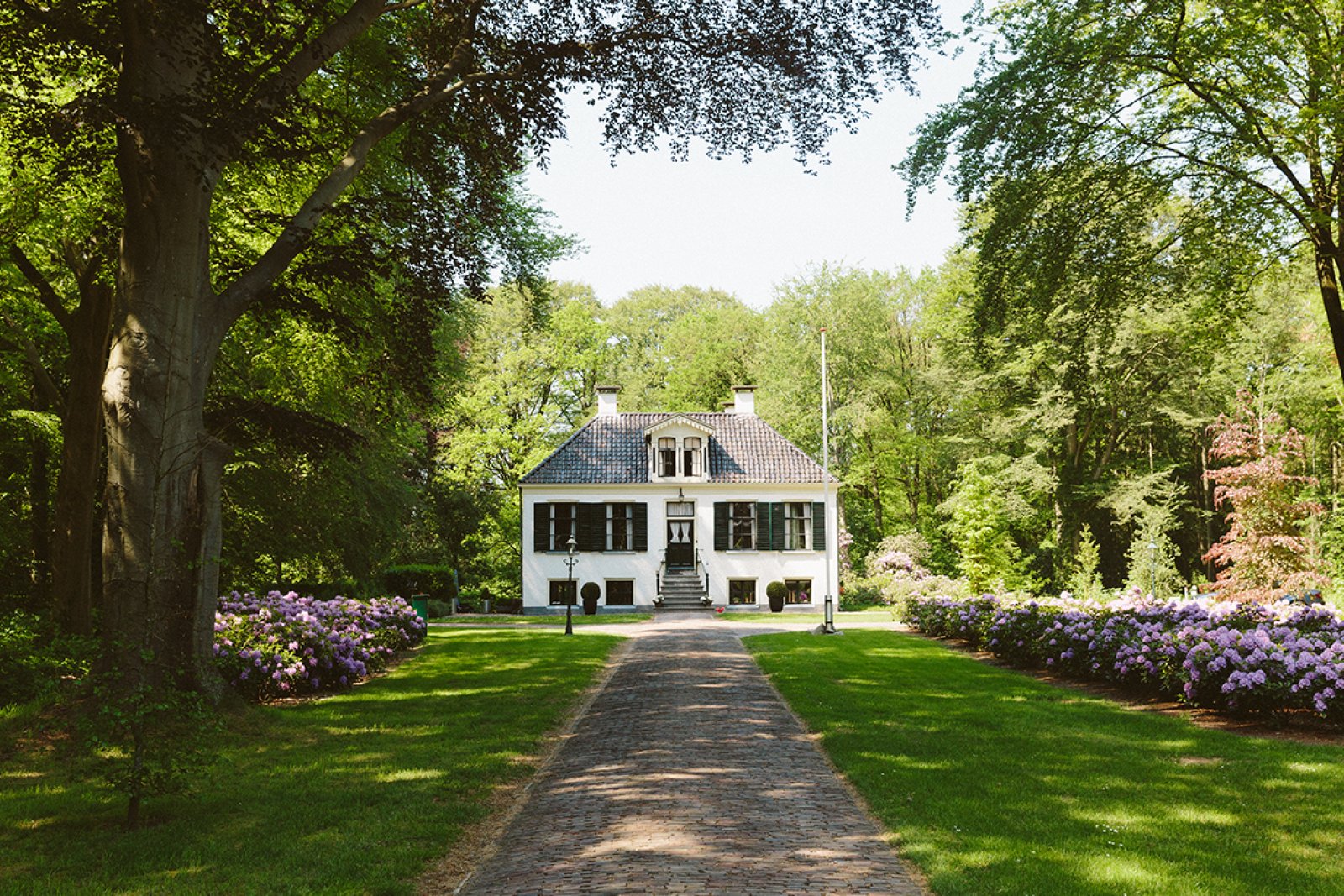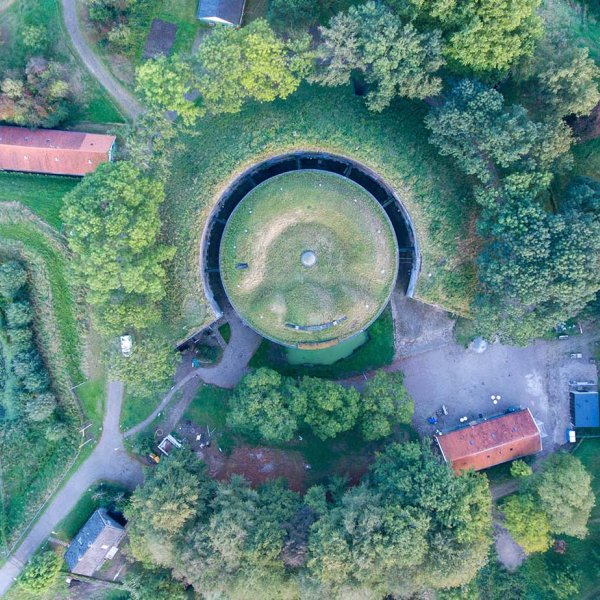
The Colonies of Benevolence
A bold idea for taking care of the poor
The basic idea behind the Colonies of Benevolence, located in Drenthe, Overijssel and Flanders, was to provide a way for low-income city dwellers to move to remote parts of the country and work the land to reduce poverty.
Johannes van den Bosch founded the Society of Benevolence in 1818 to offer the poor a better life in the Kingdom of the Netherlands, which then also included Belgium. King Willem I supported his initiative and seven colonies were built: Frederiksoord, Wilhelminaoord and Veenhuizen in Drenthe, Ommerschans and Willemsoord in Overijssel, and Wortel and Merksplas in Belgium.
Five of these colonies have been awarded UNESCO World Heritage status as an important part of Dutch (and Flemish) history. They were quite influential and a visit to one of the colonies will really get you thinking.
The first colony was founded in Frederiksoord in 1818, and you can visit Museum De Proefkolonie to find out about life in this area. You can also board the Kolonie Express and explore the streets, schools, and gardens in an electric vehicle.
In Wilhelminaoord the original farms were replaced by modern farms. The first nursing homes were also established here.



Utopian
During its heyday in the mid-19th century, more than 11,000 people lived and worked in the Dutch colonies. The utopian idea of eradicating national poverty was part of the Enlightenment school of thought, which was still popular in Europe at the time.
At first glance, it presented a positive development for everyone. People in struggling communities would have a better life, and unused land would be transformed into profitable agricultural land. In exchange for labor, the state provided housing, work, and education.
In theory, people voluntarily lived in the colonies and could return to the city if desired. However, some of the locations became penal colonies when profitability took too long. Crops failed on barren land and returning to their former homes was difficult for residents due to social stigma.
In order to generate extra income, the Benevolent Society signed contracts with the state to take in orphans and later also beggars and vagabonds (considered criminals at that time). The penal colonies in Veenhuizen, Ommerschans, and Merksplas grew into large-scale asylums, sometimes containing as many as 2,000 people. They had to work on the land under forced labor and strict supervision.
After its sale in 1923, the Willemsoord colony soon transformed into a typical Dutch village. Today there are various activities available for learning more about it. For example, the virtual reality experience and the Johannes van den Bosch audio tour through Eetcafe de Steen bring history to life. There is also a Jewish cemetery and a large number of cycling and walking routes.
Visit a penal colony
You will also discover what life was like in a penal colony in Veenhuizen, home to 124 national monuments. The National Prison Museum in Veenhuizen offers insight into crime and justice, and the Maallust Veenhuizen Brewery is one of the colony's former mills which has been converted into a brewery. See the old staff houses with inscriptions for a virtuous life, such as ‘Work is a Blessing’, ‘Work is Life’ and ‘Work and Pray’. Step back in time with the audio tour ‘The Pauper’s Paradise’. In 2022, you can once again enjoy the musical '‘The Pauper’s Paradise’.
Deepen your experience in Ommerschans, the first of the penal colonies where the original asylum was demolished. Follow the circular walk 'Oude voetafdrukken in Ommerschans’ (Old footprints in Ommerschans) where the open landscape contrasts with the fenced farm area, and visit the cemetery where residents received anonymous burials.
The development of the colonies had a major impact on modern social welfare policies in the Netherlands, including compulsory schooling, care homes for the elderly, and even health insurance. In short, there is much to learn from the Colonies of Benevolence and their pursuit of more equality in society. Many Dutch people have close links with the colonies, as it is estimated that 1 in 16 citizens has one or more ancestors who lived and worked in the colonies.
If you are interested in visiting the colonies, don't forget to take some time to really explore the surroundings. The villages are usually located in beautiful and quiet nature areas, perfect for relaxing and contemplating the history of the Netherlands.




